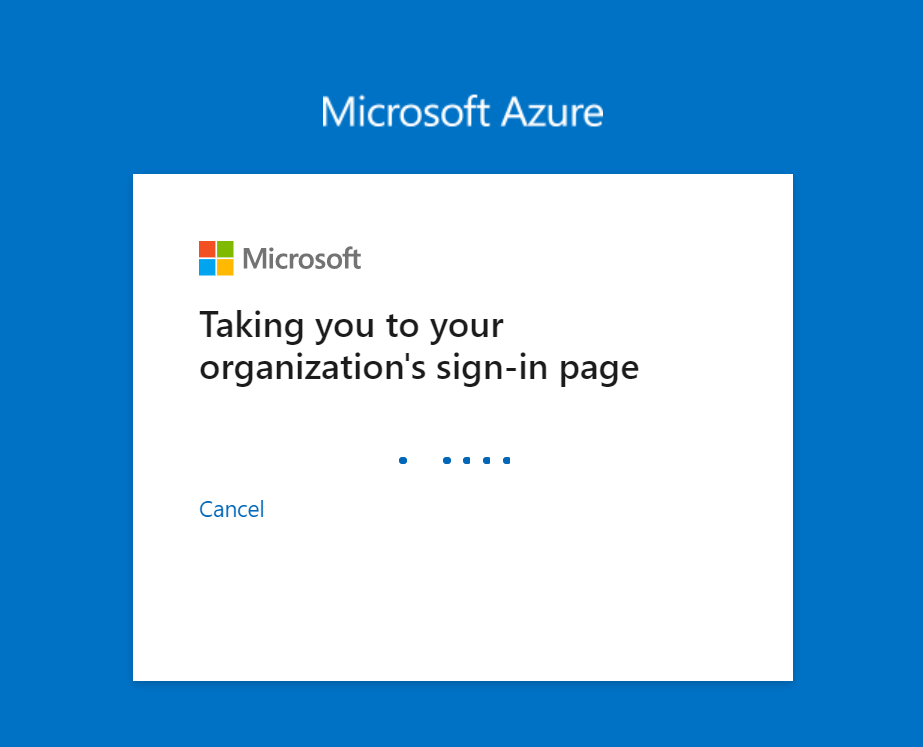@J Slack In normal scenarios for Office 365 authentication, when a domain is federated with ADFS, it is most likely that federation will be used as a medium of login. Password hash sync is used mostly as a backup resource for ADFS.
In your scenario, it seems you have configured ADFS but still using Password hash sync, for office 365 you might. you might be using ADFS for other replying parties.
Coming to your concern, If you change the login method to ADFS, after the current valid session from the users , they will be redirected to ADFS page for authentication, and this would be a different page than the normally see.
They would see something like this : where it will take to your on-prem ADFS sign in page for Auth

-----------------------------------------------------------------------------------------------------------------
If the suggested response helped you resolve your issue, please do not forget to accept the response as Answer and "Up-Vote" for the answer that helped you for benefit of the community.